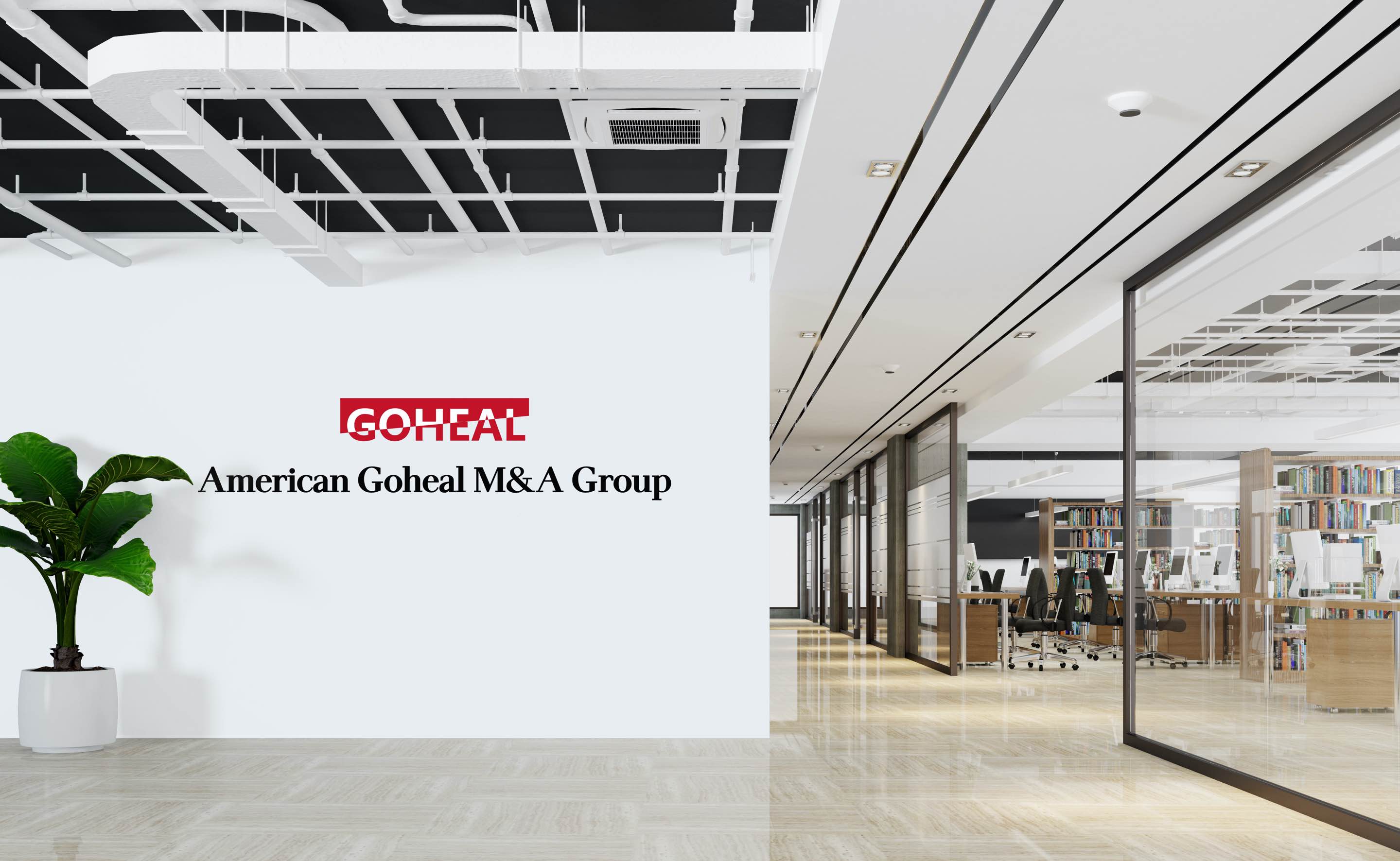"Without indifference, one cannot clarify his ambitions; without tranquility, one cannot achieve far-reaching goals." How to scientifically reduce fixed expenses while maintaining long-term strategic goals has become a difficult problem that many listed companies must face in the current complex market environment. Cost reduction seems to have become a "magic weapon" for many companies to cope with the economic downturn, but how to avoid affecting the core competitiveness of the company while reducing costs and lay a solid foundation for future development has become a real challenge.
1. Cost reduction ≠ layoffs: the "art of subtraction" of capital operation
Among the cost reduction measures of many companies, layoffs are undoubtedly the most direct and most anxious way. Layoffs seem to be able to immediately reduce the company's labor costs, but the management turmoil, low employee morale, and even damage to the brand image it brings may make the company pay a heavy price. Therefore, cost reduction ≠ layoffs is the view that Goheal has always adhered to. A truly scientific cost reduction method should be to reduce non-core and inefficient fixed expenses through refined capital operations, rather than through the "quick success" means of layoffs.

American Goheal M&A Group
The most typical fixed expenses of an enterprise include rent, labor costs, equipment depreciation, daily management expenses, etc. If these expenses can be scientifically compressed without affecting the core operations and strategic layout of the enterprise, the enterprise can find a healthy and sustainable "way of survival" in the predicament.
2. "Precise strategy" for compression of fixed expenses
How to scientifically compress fixed expenses? Goheal summarizes some practical strategies for reference by enterprises.
1.) Improve operational efficiency: reduce ineffective costs
The operational efficiency of an enterprise directly determines the level of fixed expenses. In many listed companies, low operational efficiency often leads to a lot of resource waste. For example, some companies have a large amount of idle production capacity and excess inventory in the production process, which not only occupies a lot of funds, but also increases the cost of warehousing and management.
Goheal once provided an optimization solution for a manufacturing enterprise, helping it to reduce the idle time of the production line by 30% through the upgrade of lean production and inventory management system, and at the same time increase the inventory turnover rate by 20%. This optimization not only reduces production costs, but also releases the funds that were originally occupied, thereby reducing the management costs in fixed expenses.
In addition, enterprises can also improve operational efficiency by introducing intelligent technologies. For example, optimizing supply chain management through big data analysis and artificial intelligence can not only reduce redundant links in the supply chain, but also improve logistics efficiency and further reduce costs.
2.) Optimization of rental and office costs: from space management to virtual office
In many listed companies, rent and office costs are often an important part of fixed expenses. Especially in some first-tier cities, high rental costs have become a huge source of pressure on corporate profits. Therefore, reasonable office space management and the introduction of remote office mode can effectively help companies compress this part of fixed expenses.
Goheal once assisted a company to replan the company's office area through an intelligent office management system. Through data analysis, the company found that there was a great deal of idle office space in many departments, and some departments did not even need so much physical space. In the end, the company decided to switch some employees to remote work and reduced nearly 40% of office space, thereby successfully compressing office costs.
It is worth mentioning that with the rise of remote work and shared office space, many companies have begun to re-examine traditional office methods. By cooperating with shared office platforms, companies can not only save on rent, but also flexibly adjust office space according to actual needs and reduce fixed costs.
3.) Employee cost optimization: flexible employment and performance orientation
In terms of labor costs, companies often face a dilemma: on the one hand, they need to invest sufficient resources to ensure the core competitiveness of the company, and on the other hand, they must cope with the pressure of "rising labor costs". Goheal believes that the key to solving this problem lies in flexible employment and performance-oriented management.
The flexible employment model has become the mainstream practice of many companies in recent years. Companies can flexibly adjust human resource allocation through outsourcing, part-time and project-based employees to avoid excessive labor costs in fixed expenses. For example, some companies have successfully saved labor costs by outsourcing non-core businesses such as logistics support and customer service. In addition, by introducing a performance-oriented salary system, companies can also motivate employees to improve work efficiency and avoid cost waste caused by inefficient labor.
Goheal developed a flexible employment strategy for a technology company and helped it reduce labor costs by 18% through project-based employees and outsourcing models without laying off employees. At the same time, with the help of an efficient performance appraisal mechanism, enterprises can effectively control employee costs while improving productivity.
4.) Fixed asset management: asset integration and depreciation optimization
The management of fixed assets is another key factor in the fixed expenses of enterprises. Excessive equipment depreciation and idle assets not only occupy the funds of enterprises, but also increase the cost of daily maintenance and management. Therefore, how to scientifically manage fixed assets, especially how to revitalize idle assets through innovative methods such as asset securitization, has become one of the important means for enterprises to reduce costs.
When Goheal provided capital operation consulting for a manufacturing company, he proposed to package idle machinery and equipment for financing through asset securitization, and successfully raised nearly 200 million yuan for the company, with a financing cost much lower than traditional loans. At the same time, the company further reduced maintenance costs by disposing of some old equipment.
5.) External financing and capital optimization: reducing financing costs
In addition to internal cost control, external financing is also an important factor affecting fixed expenses. Excessive financing costs directly increase the financial expenditure of enterprises, which in turn affects the profit level of enterprises. In the current capital market, many listed companies are facing the pressure of rising financing costs. Therefore, reducing financing costs and optimizing capital structure have become an important part of the cost reduction process for enterprises.
Goheal helped a company design a scientific capital structure, which successfully reduced its financing costs by 2 percentage points while maintaining its debt level. Through reasonable capital operation, the company not only reduced financial costs, but also improved the overall efficiency of capital utilization.
Conclusion: How to balance cost reduction and innovation?
Through the above strategies, listed companies can scientifically reduce fixed expenses and achieve healthier and more sustainable capital operation without laying off employees or affecting core competitiveness. However, cost reduction is not a one-time solution. While achieving short-term cost control, companies should also focus on innovation and long-term development to cope with more complex market challenges in the future.
Goheal believes that when facing pressure, what companies need most is a set of cost reduction strategies that can be accurately executed, while also maintaining a keen sense of innovation and future opportunities. How to ensure the core competitiveness of the company while reducing costs? How to stimulate the vitality of the company through innovation? This is a question that every entrepreneur and investor must think deeply about.

Goheal Group
Here, we also welcome readers to leave comments and discuss: In your opinion, in the future business environment, how can enterprises balance cost reduction and innovation to ensure long-term stable profit growth?
[About Goheal] Goheal is a leading investment holding company focusing on global mergers and acquisitions, focusing on the three core business areas of listed company control acquisition, listed company mergers and acquisitions and restructuring, and listed company capital operation. With its deep professional strength and rich experience, it provides enterprises with full life cycle services from mergers and acquisitions to restructuring and capital operation, aiming to maximize corporate value and achieve long-term benefit growth.